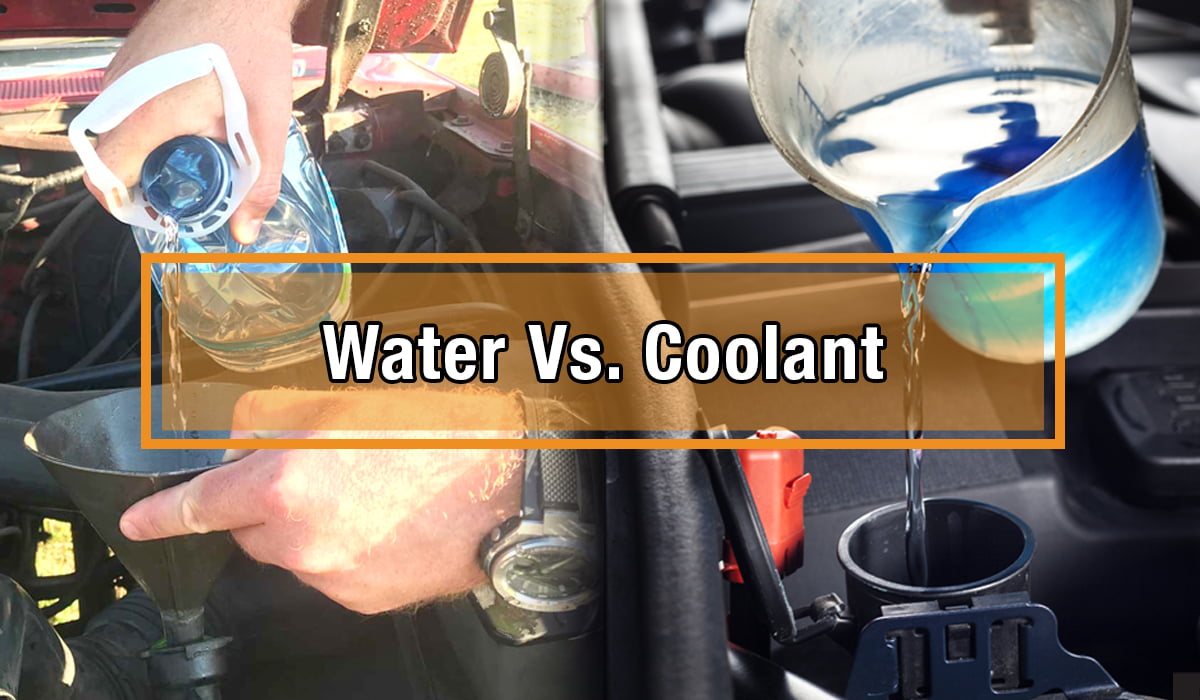

Now that winter is here it means it’s time to prep your vehicle for freezing temperatures, salty roads and slushy driving conditions. Let’s take a pop quiz (sorry) – true or false: antifreeze and coolant are the same thing? The answer…TRUE! To make things easier, these products are collectively known as radiator fluid so, when in doubt just use that term. ENGINE COOLANT: WHICH IS BEST FOR WINTER? Coolant must be collected and disposed of separately.ANTIFREEZE VS. The vehicle manufacturer’s instructions must be followed in terms of the specifications, replacement interval, mixing ratio and the miscibility of the antifreeze.Ĭoolant must not get into the groundwater or be discharged via the oil separator. As a rule, the coolant should be changed if contamination (oil, corrosion) has occurred and in the case of vehicles which are not equipped with long-life coolant. Under normal circumstances (if no contamination occurs), the coolant need not be changed (VW) or only after 15 years or 250,000 km (newer Mercedes models). However, the cooling systems of newer cars are increasingly filled with so-called long-life coolants (e.g. Therefore, some manufacturers specify a coolant replacement interval.

If, for example, the corrosion protection additives are exhausted, the coolant turns brown. part of the additives will be used up in the course of some years. The coolant and its additives are subject to a certain wear, i.e. A typical composition could be 40%/60% or 50%/50% with the use of inhibited water (drinking water quality). Always follow the manufacturer’s instructions. Therefore, a sufficient antifreeze share is important even in warm countries.

As the boiling point of glycol is very high, the boiling point of the coolant can be raised to up to 135 ☌ by using the right mixing ratio. On the contrary, undiluted antifreeze freezes at around -13☌ and does not dissipate sufficient engine heat at temperatures above 0☌. 30:70) does not lower the freezing point any further. Further increasing the proportion of antifreeze (e.g. The minimal mixing ratio should be 70:30 and the maximal 40:60. This usually corresponds to antifreeze protection from -25☌ to -40☌. The mixing ratio of water and antifreeze should lie between 60:40 and 50:50. Home / Passenger car parts / Brake system.Home / Passenger car parts / Vehicle electrics.Home / Passenger car parts / Vehicle electronics.Home / Passenger car parts / Vehicle lighting.Exhaust gas aftertreatment design diagnostics.Repairing brakes: important information.Changing the brake discs, brake pads and brake calipers.Checking the exhaust gas temperature sensor.Home / Technical / Sensors and actuators.Media pump - design, function and troubleshooting.Electronic boost pressure control- turbocharger actuator testing.Ultrasound-based parking aid - park distance control (PDC).ABS/ESP control units for braking and driving dynamics.Programming car keys and changing batteries.Home / Technical / Car electronics and electrics.Thermal management in electric and hybrid vehicles.Car refrigerant & oil filling quantities.Home / Technical / Car air conditioning.Electronic control units in contemporary vehicles with LED headlamps.Basic principles of car lighting technology.


 0 kommentar(er)
0 kommentar(er)
